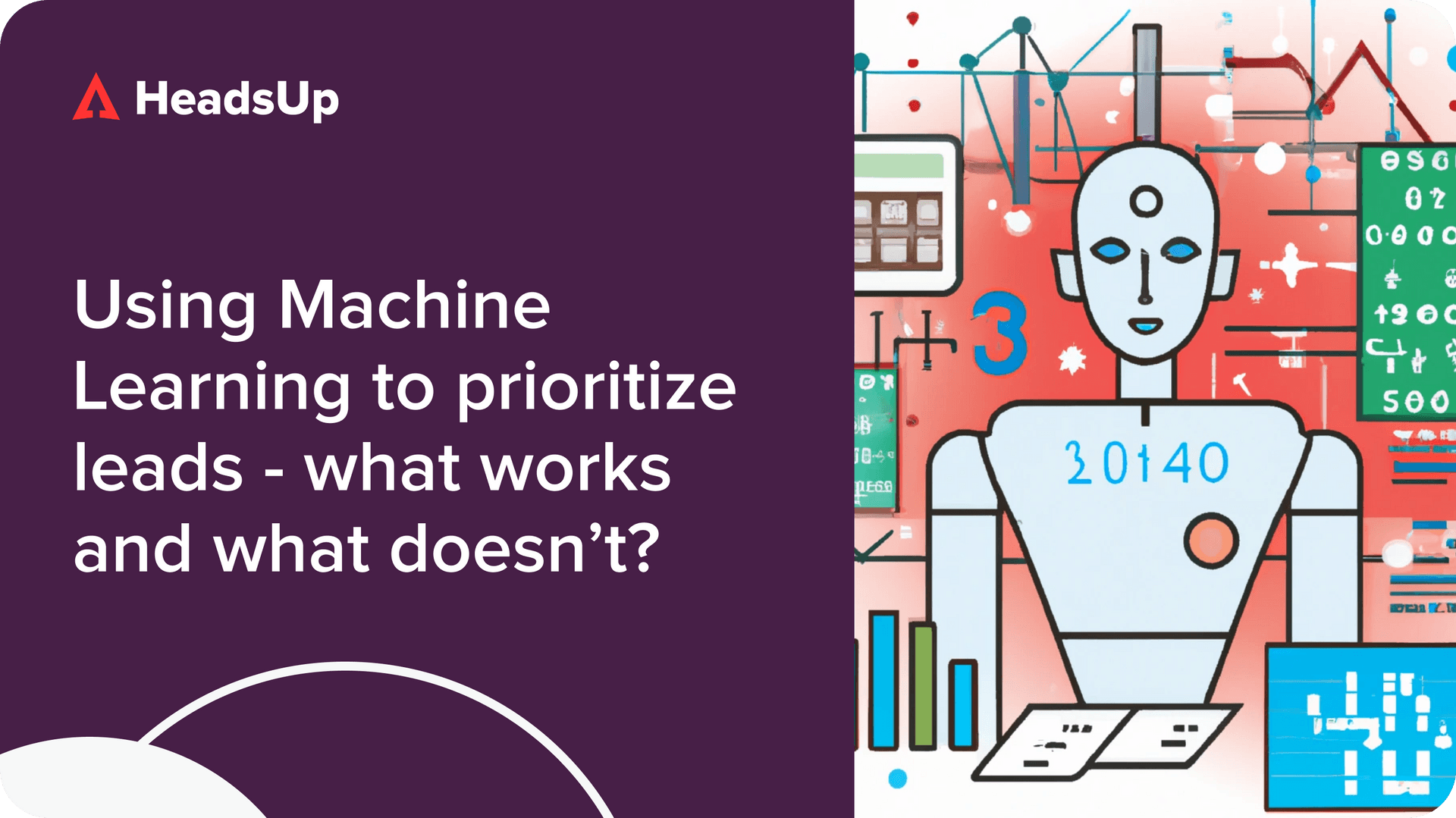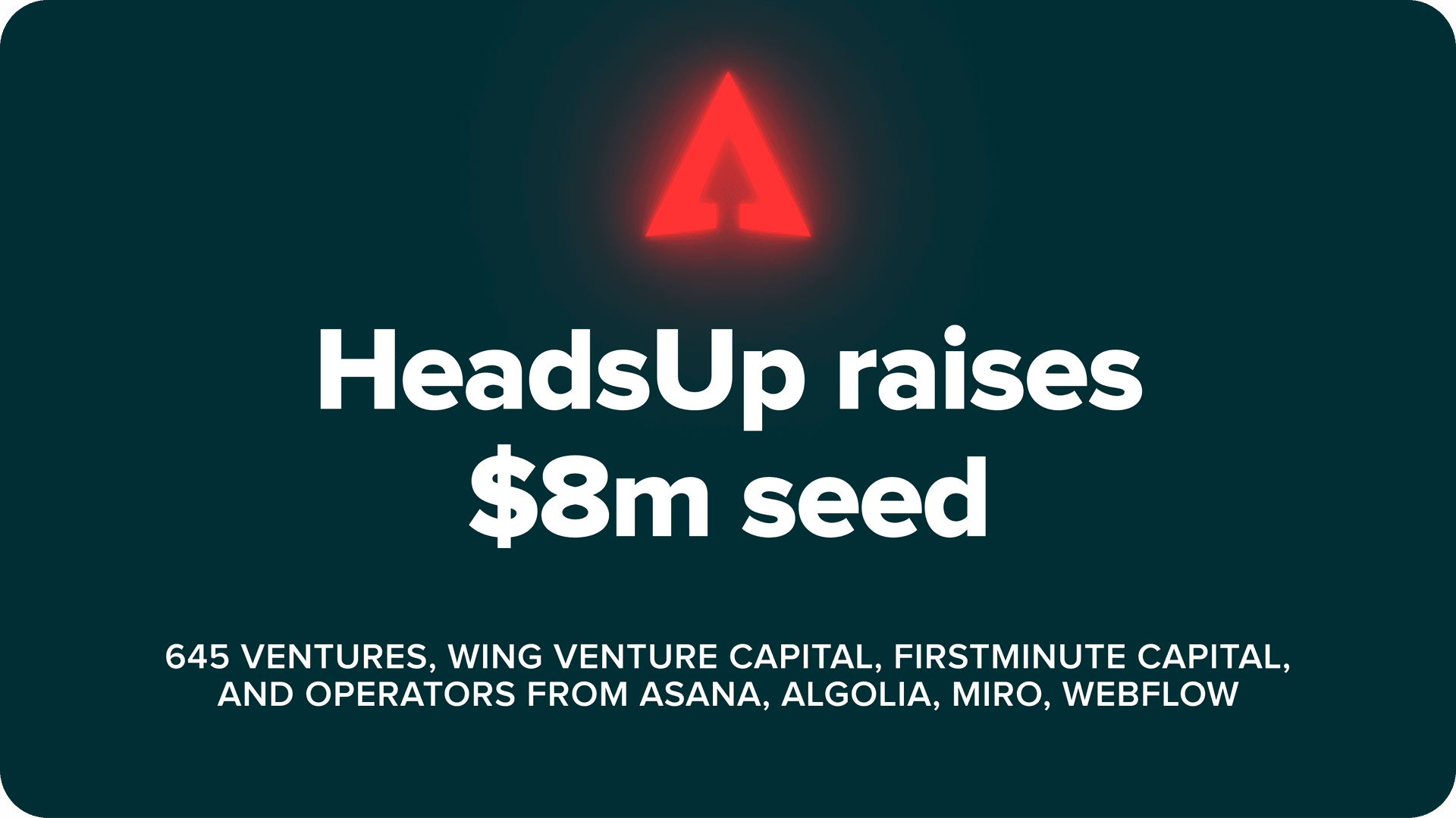Is a product-led growth strategy suitable for your SaaS product?
With all content being released about PLG these days, you’ll be spoilt for choice out there finding a framework to guide you through this question.
But perhaps that’s not even the right question to ask.
Instead, you could ask when a PLG strategy would work best for your product.
When the go-to-market team at virtual events platform Airmeet asked that question back in 2019, the answer was “not now.”
Why? Because back then, nobody even knew what a virtual event was.
The pandemic changed that quite quickly. And today, the question most of Airmeet’s customers have on their mind is which virtual event platform is the best?
As the virtual event market evolves and grows, organic demand for solutions has risen and self-serve or low-touch acquisition models have become more viable for companies like Airmeet.
We recently spoke to Shrikant Mudliar who leads Airmeet’s PLG initiatives on the Product Led Sales Podcast. In our conversation, Shri shared his view that product-led should be seen as a phase, rather than a distinct model, of your go-to-market strategy. Below, we share his tips on going product-led at the right timing and what to do in the meantime.
PLG may be a struggle in a nascent category
Most virtual events platforms like Airmeet started with freemium models. But so far, none have seen the phenomenal PLG successes achieved by the likes of Zoom, Slack or Dropbox.
There are two key reasons for this.
First, buyers’ level of awareness of virtual events as a unique solution in the online meeting space was and remains low. Webinars, for instance, still have much higher mindshare, although users’ needs might be better served by virtual event platforms, which are better designed for multiple concurrent conversations in the same space.
Second, virtual events by their nature do not attract consistent active daily usage. PLG success stories we’ve seen like Figma and Notion typically drive conversion from a base of already high numbers of DAUs. With lower daily usage, it is hard to achieve a high volume of upsell opportunities organically.
Shri compares the state of the virtual events market to the early days of cloud infrastructure platforms.
Think about something like AWS, 10 years back, when the idea of a cloud service was new. It would have been hard to sell in a product-led fashion, because the market was not yet aware of the solution space. But as the market evolved, people now know exactly what they need, and it has become possible to execute a PLG GTM motion. So it’s really about tracking the evolution of your market.
Shrikant Mudliar, Product Lead, Growth, Airmeet
What to do before your market is PLG-ready
If your SaaS market is not mature enough for a PLG model to really work, what do you do?
Instead of putting a PLG initiative aside and waiting for the market to evolve, Shri advocates still starting to invest in it from day one with small steps. Here are four suggestions.
1. When sales-led, start to learn the patterns
If your market requires a significant amount of awareness building, you might start off by hiring SDRs and having outbound conversations with prospective customers.
Don’t just see this as sales, Shri urges, but instead as an opportunity to build early foundations for your PLG motion.
Shri shares a story of a colleague in sales who sat across the table from him in the early days of Airmeet. “After every sales call, he would just lean back and blabber about the call and what happened. But he was not just talking sales. Instead, he somehow had a good way of identifying what kinds of patterns and triggers worked to close and upsell customers. And these same patterns were what we eventually used when building our product-led motion.”
Even if you’re starting out sales-led, be sure to pay attention to the behavioral patterns underlying conversion and upsell at a qualitative level. These will give you a head start later on when transitioning to PLG.
2. Keep PLG in mind when defining upgrade features and tiers
When building new features to drive expansion or defining new pricing tiers, keep a product-led future in mind.
You want to avoid a situation where you’ve built your product so closely around a sales-led motion that transitioning to PLG might take some significant shake ups.
“It could be as simple as one of your founders keeping a keen eye on all the growth initiatives you do in your product, all the plan configurations you’re creating. Keep them in such a way that if you ever want to have a PLG motion, it would fit just as well,” Shri says.
3. Use prepaid pricing to drive stickiness
To keep your nascent category sticky among your customer base, you may want to consider prepaid, instead of subscription pricing.
Shri realized that many of Airmeet’s customers have yet to see the value of hosting events on the regular.
Instead of pushing for a long-term commitment to subscriptions or renewals, one option the company offered was a prepaid pricing package where customers paid one-time upfront for event credits. This way, even users who didn’t plan to regularly organize virtual events would think of Airmeet the next time they decided to host one on an ad hoc basis.
4. Leverage more mature adjacent categories
If your SaaS category is new, it could help to position yourself against a more mature, adjacent category.
Airmeet leverages the strong awareness that Zoom has built in the webinar space to educate potential users on why a virtual events platform might be more suited to their needs.
Prospects looking for a webinar solution might find Airmeet’s landing page explaining why its offering is superior to a Zoom Webinar, and through this develop awareness about the virtual events category.
“You’re doing webinars with your users to drive adoption and retention, to generate demand with subject matter experts. But pick a conventional webinar tool. There’s no feature that allows my attendees to engage with each other,” Shri explains. “But let’s say you have two attendees from the same industry and want to share knowledge with each other. The moment your webinar becomes a virtual event, then your users have a platform to do that.”
Riding on the massive demand for webinars is a key way in which Shri sees Airmeet building a market for virtual events and building more fertile conditions for its PLG motion to take off.
If you found these PLG insights useful, get more tips from top PLG founders and go-to-market leaders on the Product Led Sales Blog.

